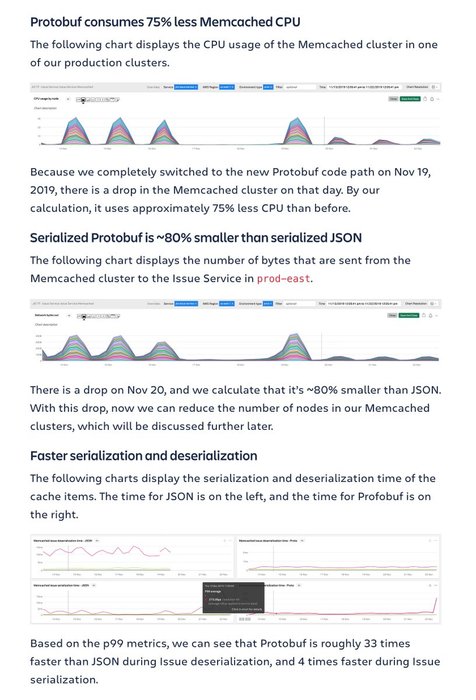Sublime
An inspiration engine for ideas
During shuffling the answers from the map steps are distributed through hashing so that the same key words end up on the same reduce node. For example, in a simple situation there would be 26 reduce nodes so that all the words beginning with A go to one node, all the B’s go to another, all the C’s go to another, and so on.
Bill Franks • Taming The Big Data Tidal Wave: Finding Opportunities in Huge Data Streams with Advanced Analytics (Wiley and SAS Business Series)
A map is an unordered collection of key-value pairs (maps are also sometimes called associative arrays, hash tables, or dictionaries). Maps are used to look up a value by its associated key. Here’s an example of a map in Go: var x map[string]int The map type is represented by the keyword map, followed by the key type in brackets and finally the val
... See moreCaleb Doxsey • Introducing Go: Build Reliable, Scalable Programs

On the other hand, if you just access a map element that isn’t in the list using the normal bracket operation: name_to_email[ "John Doe" ];
